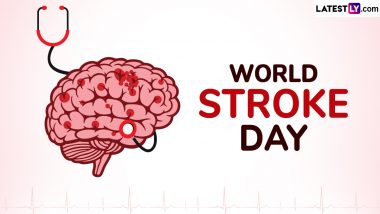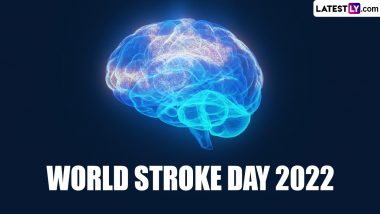It may seem like an odd connection, but if you suffer from chronic sinusitis, there is a high chance that you might suffer from a stroke, if left unattended. Research suggests that people suffering from chronic rhinosinusitis are at a higher risk of ischemic or hemorrhagic strokes. The hollow cavities inside the skull and on the face, specifically around the nose, are the sinuses. A hollow sinus is a healthy one, but once fluid accumulates inside, it turns into a playground for germs and infections. One such infection is chronic rhinosinusitis; this kind of sinus infection lasts for more than 12 weeks, as against acute sinusitis, which lasts for two to four weeks. It is commonly referred to as chronic sinusitis, caused by cold, swollen nasal linings, nasal polyps, etc.
Although there is no sure way of avoiding sinusitis, there are a few tips that could help:
No Smoking: Refrain from smoking, since it may cause blockage in the sinuses, resulting in sinusitis.
No Touching: Refrain from getting in contact from things you are allergic to, especially during Flu season. Washing your hands as often as possible, helps keep sinusitis at bay. World Stroke Day 2018: What Are the Symptoms, Causes and Treatment of This Deadly Disease?
Proper Hydration: Drink plenty of water or fluids, so the inner lining or mucosa of sinuses is kept well hydrated.
Use of Essential Oils: One can use Eucalyptus oil which contains 1, 8-cineole and peppermint oil which contains menthol.
A stroke occurs when any brain cell or part of the brain stops receiving oxygen and glucose. Essentially, when your brain stops receiving blood, it strokes out. The rare form of stroke is the hemorrhagic stroke, where a blood vessel inside the brain bloats up and bursts.
How to Detect a Stroke:
The most common type of stroke suffered by patients is an ischemic stroke, where one of the blood vessels inside your brain forms a clot. These clots block the blood flow, resulting in a stroke. Another cause of ischemic stroke is plaque (cholesterol and fatty deposits) blocking blood vessels. The most common symptoms of strokes are a loss of vision and speech, loss of balance, sudden headache, and weakness in one part of your body.
Almost half of all strokes are preventable; mentioned below are a few controllable risk factors that contribute to a stroke:
High Blood Pressure: Hypertension or high blood pressure can cause a Stroke. Keeping your blood pressure under check can prevent strokes.
High Cholesterol: Maintain your cholesterol levels to avoid strokes.
High Food Intake, Low Levels of Exercise: Obesity is a major cause of strokes, it is also an avoidable one.
High Alcohol and Tobacco Consumption: Excessive alcohol and tobacco (in all forms) consumption lead to strokes.
Atrial Fibrillation: Irregular heartbeat increases the risk of a stroke.
Researchers recently found out, those patients suffering from chronic rhinosinusitis are at a higher risk of ischemic strokes. Many researchers believe that it may be due to the intracranial vessels, the blood vessels present in both brain and sinuses. What is a 'Silent' Stroke? Know Its Causes, Symptoms, Treatment and Preventive Measures.
Others suggest that the close proximity between the sinuses and the internal carotid artery (a major paired artery that connects both brain and neck), might be causing the problem.
Some suggest that cytokines involved in the regulation of inflammation of the sinuses play a role.
Whatever the cause, if one tries to avoid both, there is a high chance that one may be free of a runny nose and headaches!
(This article has been contributed by Dr Pradip Shah, HOD and General Medicine Specialist, Fortis Hospital, Mulund)
(The above story first appeared on LatestLY on Oct 29, 2018 08:16 PM IST. For more news and updates on politics, world, sports, entertainment and lifestyle, log on to our website latestly.com).













 Quickly
Quickly














 GT
GT







